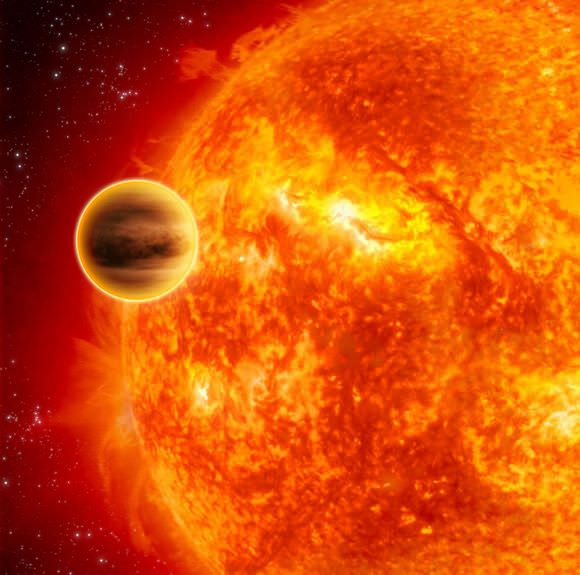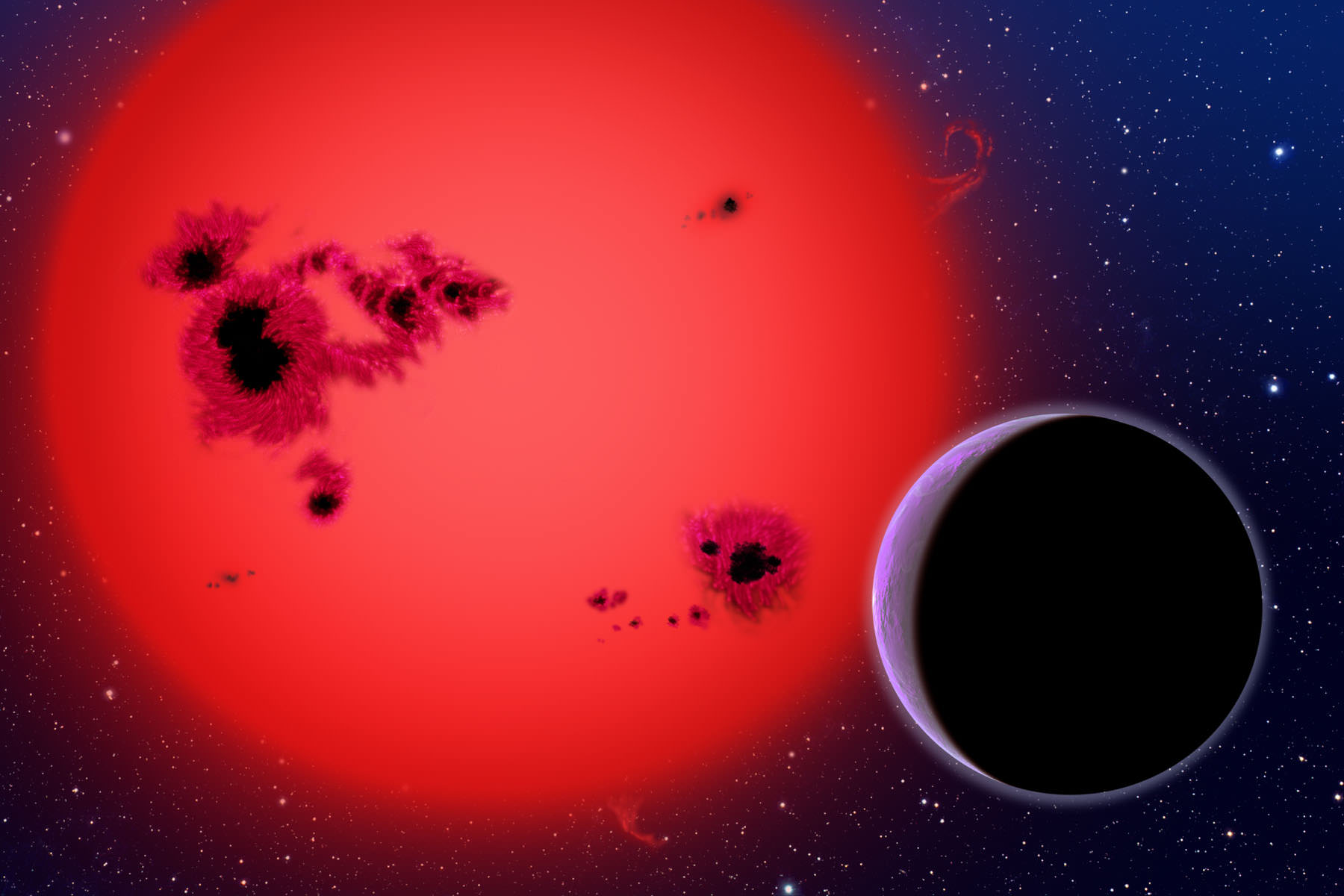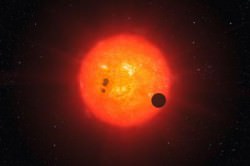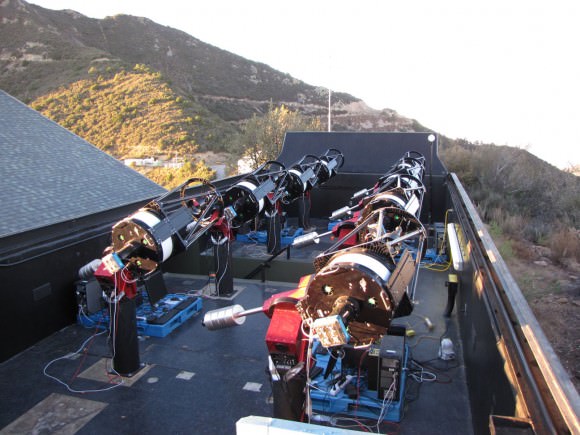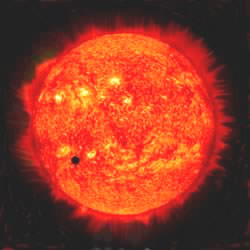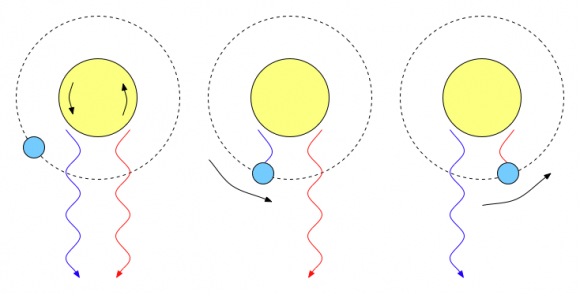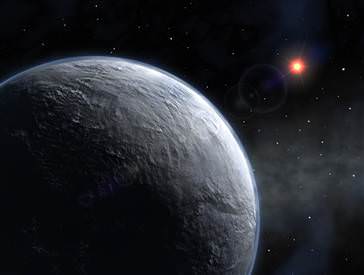[/caption]
For those know their solar system history, the discovery of Neptune is an especially exciting story. Before it was detected observationally, its gravitational effects on another planet (Uranus) were discovered. From this, astronomers were able to predict the position of the yet unobserved planet and in 1846 they discovered the predicted planet observationally from Berlin Observatory. (For a more complete retelling of the story, see my summary/review of the book The Neptune File). This discovery prompted searches for other planets from orbital discrepancies attributed to gravitational perturbations on Mercury. However, none were ever found and it was eventually that Mercury’s orbital irregularities were due to relativistic effects.
However, this technique of inferring planets from orbital oddities of a planet may have been used for the first time outside our solar system.
The exoplanet known as TrES-2b is one of the exceptional cases of known exoplanets for which the plane of the orbit lies almost directly in our line of sight. This circumstance means that the planet will appear to cross the disk of the star as it orbits. Although we cannot resolve that disk, it shows up as a characteristic dip in the brightness which can reveal additional information about the system such as “very accurate determinations of the radii of star and planet (relative to the semi-major axis) and the inclination of the orbital plane of the planet”. This additional information allows for excellent determinations of the orbital parameters in order to predict future transits.
A team of German astronomers observed the TrES-2 system in 2006 and 2008 in order to build their understanding of the orbit of the planet. However, when they continued in observation in 2009 they found significant changes in the inclination of the orbit and the period of the orbit. Although planetary migration could change these parameters, it is not expected that such an event could occur on such a short time scale. Additionally, a oddly shaped host star would explain the change, but the degree to which the star would have to be squished at the equator would be impossibly high given the slow rotation rate known for TrES-2.
Instead, the authors suggest “the existence of a third body in the form of an additional planet would provide a very natural explanation”. Although this explanation is anything but conclusive, it does pose an easily testable scenario. If the plane of the orbit of the system is very nearly along the line of sight, this provides the most ideal situation for attempting to detect planets using the radial-velocity of the parent star. The authors even go so far as to suggest a range of periods for a potential planet to have the observed effects. They state, “a planet of one Jovian mass with periods between 50 – 100 days would suffice to cause the observed inclination changes”.
Furthermore, the authors note that several similar systems are known to exist with a close in planet and a second massive planet in a longer orbit. “[I]n the system HIP 14810 there is a close-in planet with a 6.6 day period and a somewhat lighter planet with a period of 147 days, in the HD 160691 system the close-in planet has a period of 9.6 days and two outer planets with Jupiter masses are known with periods of 310 and 643 days.”

